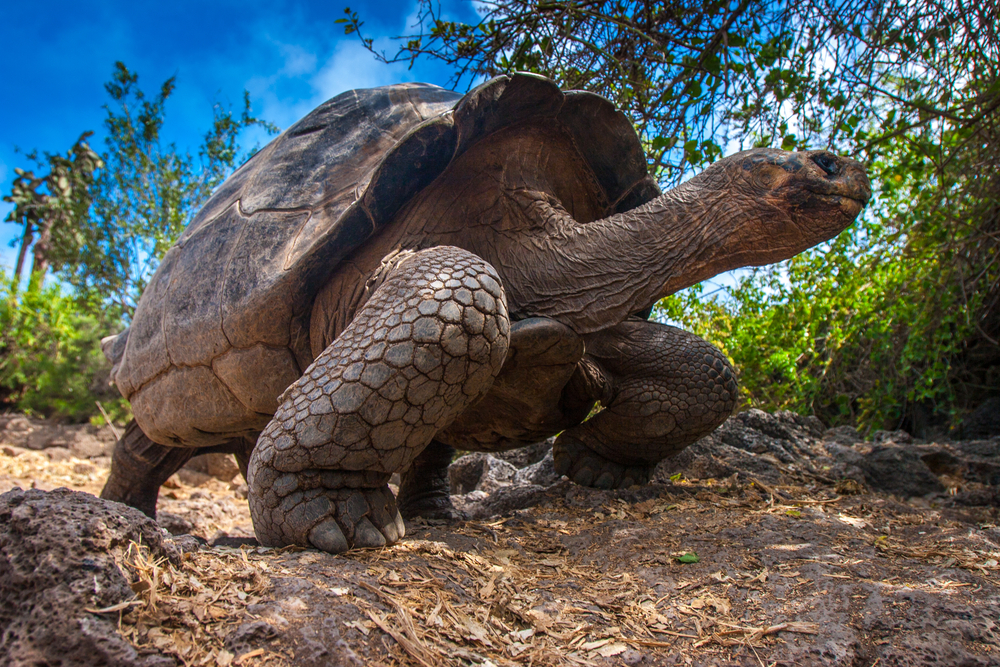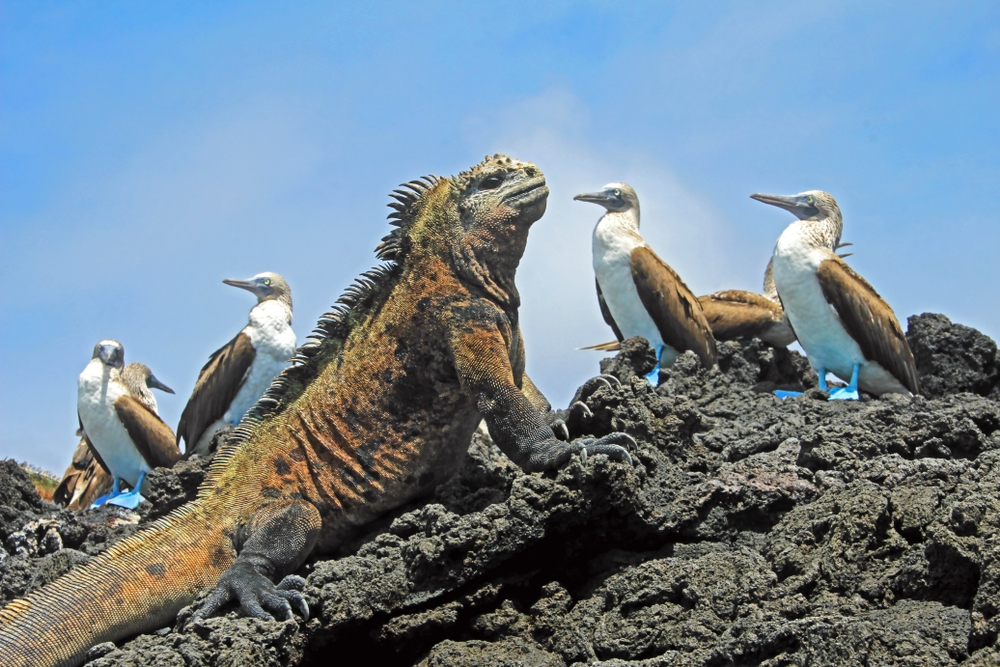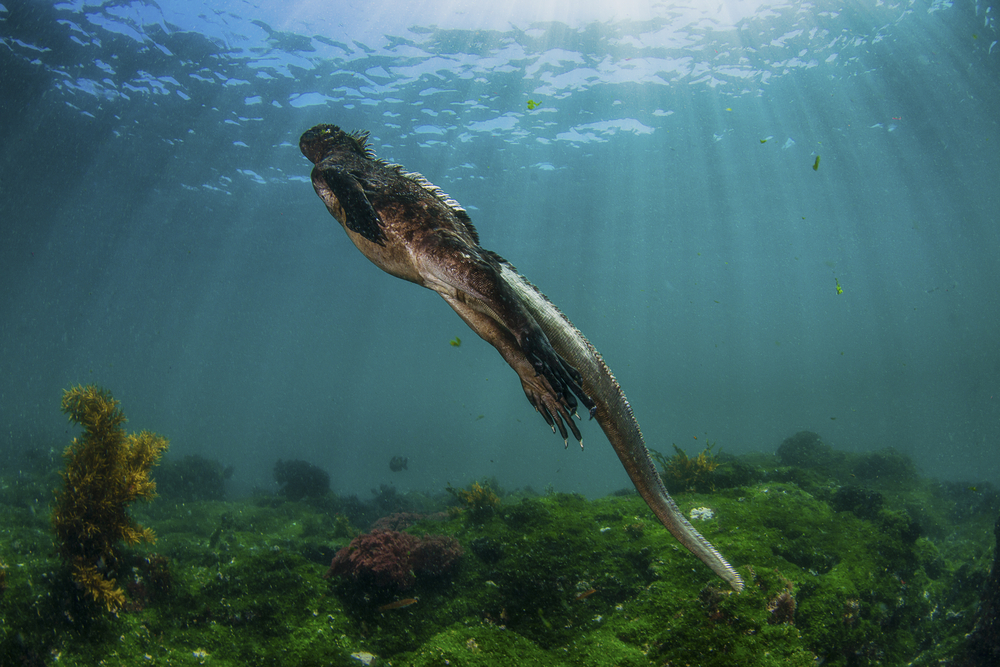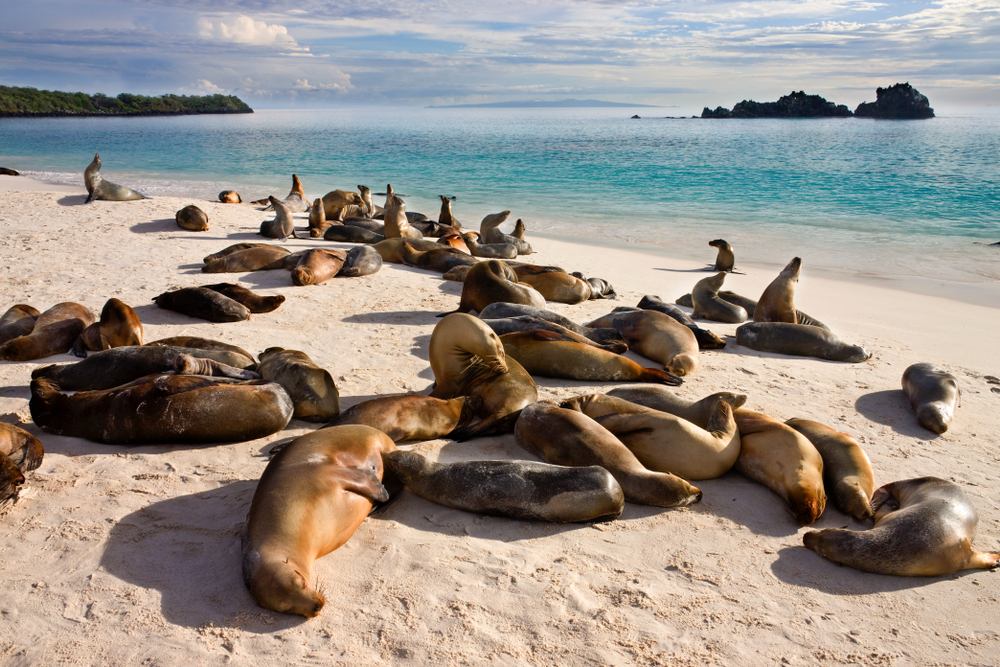Galápagos Overview
Galápagos National Park, situated on the Galápagos Islands, is a remote archipelago that lies about 1,000 kilometers (about 620 miles) off the coast of Ecuador in the Pacific Ocean. Established in 1959 and covering approximately 7,970 square kilometers (about 3,078 square miles) of land area, the park encompasses the majority of the Galápagos Islands, a volcanic island chain consisting of 13 major islands, 6 smaller islands, and numerous islets and rocks. This UNESCO World Heritage Site is celebrated for its extraordinary biodiversity and significant scientific importance, having played a key role in the development of Charles Darwin’s theory of evolution by natural selection following his visit in 1835.
The Galápagos National Park is renowned for its unique ecosystem, which includes a variety of endemic species that have adapted to the islands’ isolated and varied environments. Some of the most famous residents include the giant Galápagos tortoises, marine iguanas, flightless cormorants, and the various species of Darwin’s finches, each exhibiting different beak shapes and sizes adapted to their specific dietary needs.
The park’s conservation efforts are critical in protecting its fragile ecosystems from threats such as invasive species, climate change, and human impact. Strict regulations are in place to minimize the ecological footprint of tourism, including controlled visitor access to sensitive areas, mandatory guides for all tours, and limits on the number and size of boats allowed in the waters around the islands.
Galápagos National Park offers an unparalleled opportunity for scientific research, education, and ecotourism. Visitors can experience close encounters with wildlife, snorkel in clear waters teeming with marine life, and explore the volcanic landscapes that continue to shape these dynamic islands.
The Galápagos Islands stand as a living museum of evolutionary changes, a testament to the power of nature to adapt and thrive. Galápagos National Park not only protects this unique natural heritage but also serves as a global model for conservation and sustainable tourism.





































































































